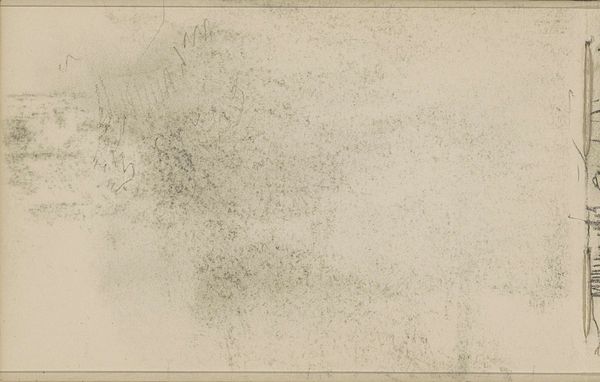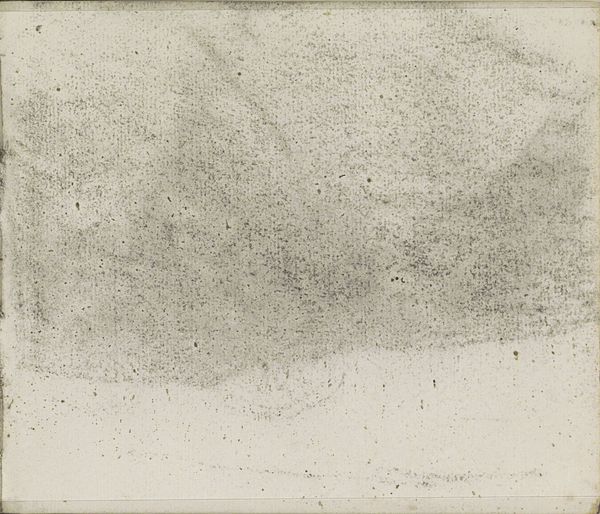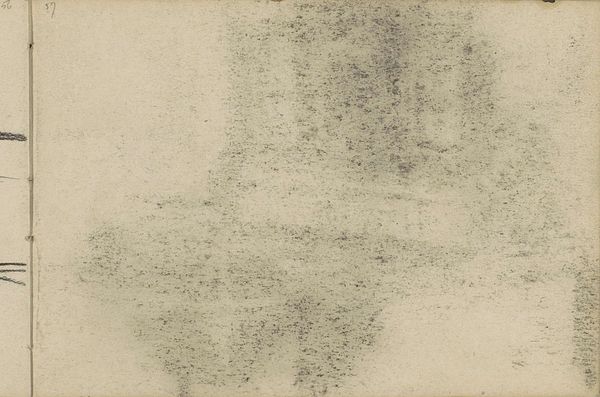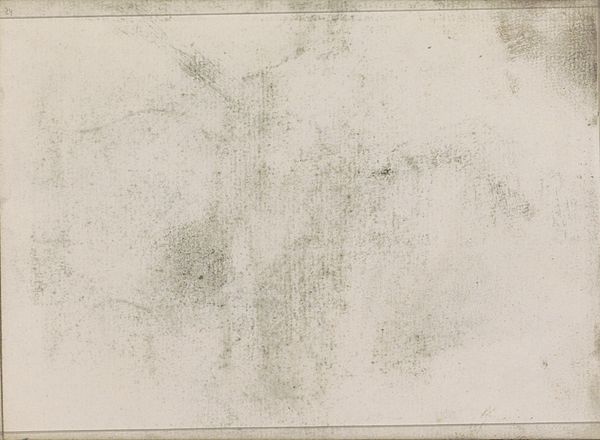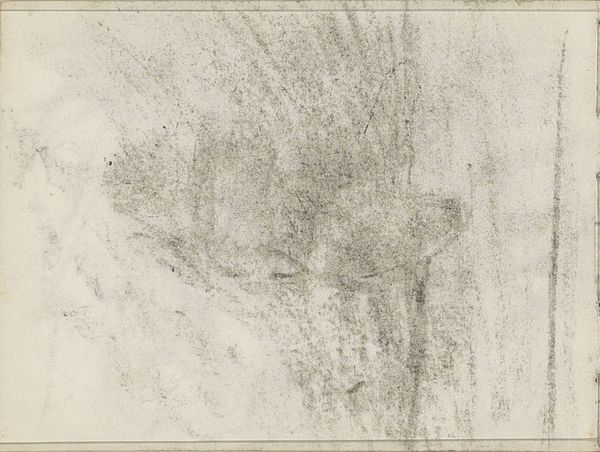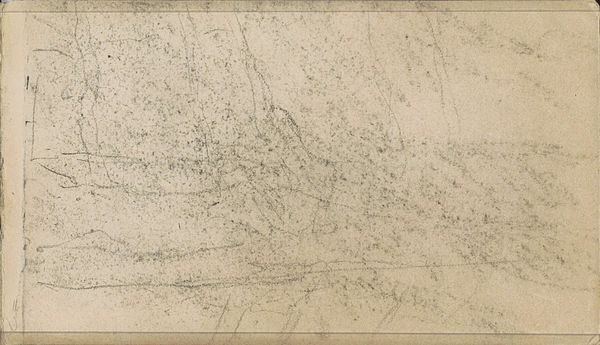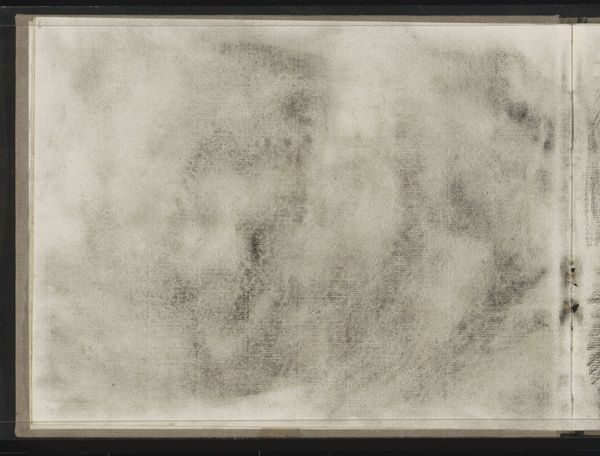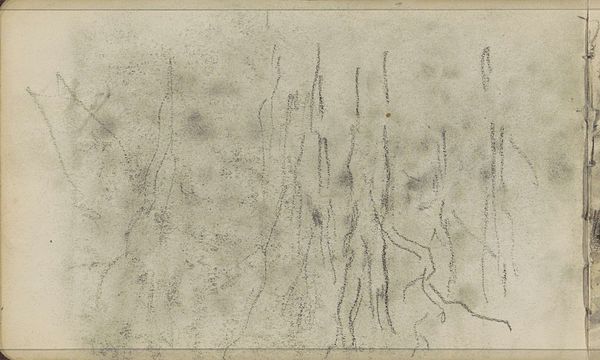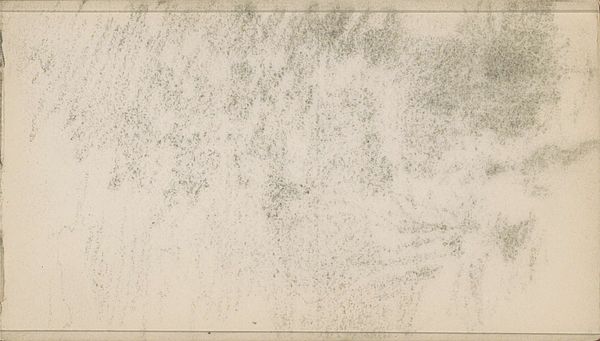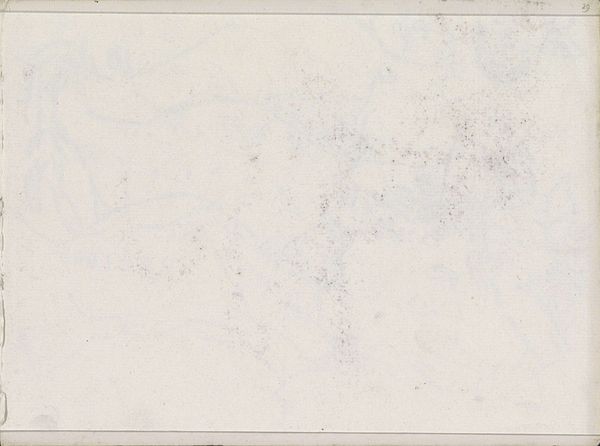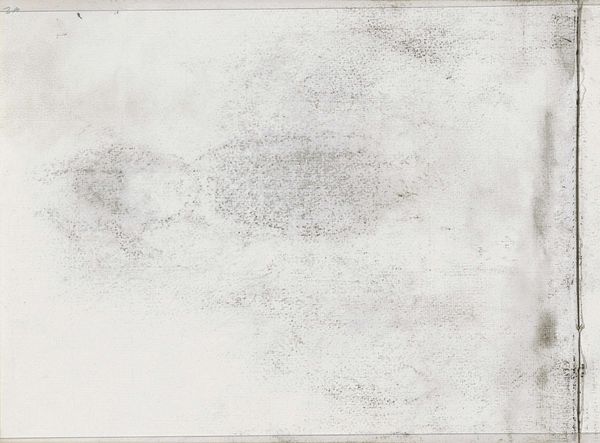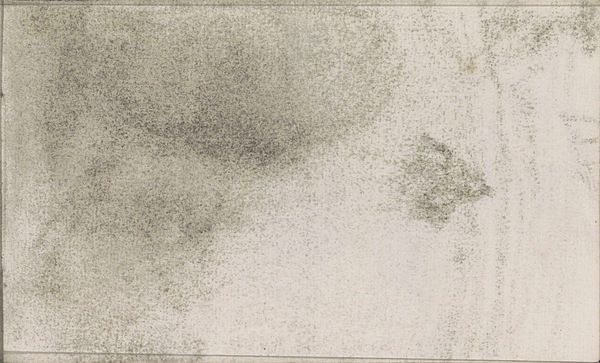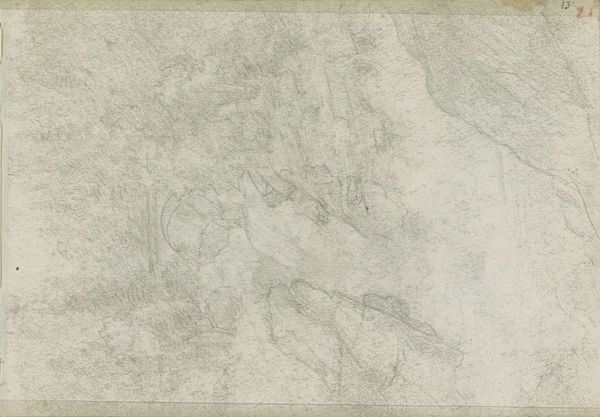
drawing, paper, pencil, graphite
#
pencil drawn
#
drawing
#
light pencil work
#
pencil sketch
#
sketched
#
landscape
#
paper
#
form
#
pencil
#
line
#
graphite
#
realism
Copyright: Rijks Museum: Open Domain
Editor: We're looking at "Boomstammen" or "Tree Trunks," a drawing by Anton Mauve from around 1848 to 1888. It’s rendered in pencil on paper. The effect is quite ethereal; you can almost feel the rough texture of the wood despite it being a sketch. What can you tell me about this drawing, seeing as the materiality is what comes across the strongest? Curator: Well, what immediately strikes me is the evident labor that has been undertaken and captured within this ‘quick sketch’ and how it serves both aesthetic and social purposes. It is just an underdrawing and can function on its own, or could this work be about a comment of artistic labor and intention that it challenges our concept of a finished or not finished state. How does its production engage with industrial progress and shifts in labor? Editor: I see your point. I hadn't really considered that Mauve using pencil on paper, materials readily available due to industrial advances, changes the game in the labour of art. So you’re seeing this less as a simple sketch and more as a conscious engagement with the changing means of art production? Curator: Exactly! The apparent simplicity is deceptive. Think about where Mauve was working, the economic realities of artists, their workshops and materials… This 'sketch' invites us to reconsider what constitutes valuable work and how those things gain in market value at different art historical periods. Even its place in the Rijksmuseum elevates it. Does that change how we percieve it? Editor: So, by focusing on the pencil, the paper, and the implied labor, we uncover a conversation about artistic value itself. That’s fascinating; I wouldn’t have thought to look at it that way! Curator: It forces us to see beyond just the represented object, ‘trees’, and to contemplate the underlying social and economic structures shaping artistic creation. Even the act of 'sketching' takes on new meaning when placed in that context. Editor: I am walking away thinking of all artwork differently than just aesthetic appeal. Every artistic decision represents societal undertones which in itself contributes to the value. Curator: Precisely, it moves away from focusing solely on the beautiful. Looking through materiality is key to appreciating the multifaceted dialogue.
Comments
No comments
Be the first to comment and join the conversation on the ultimate creative platform.
